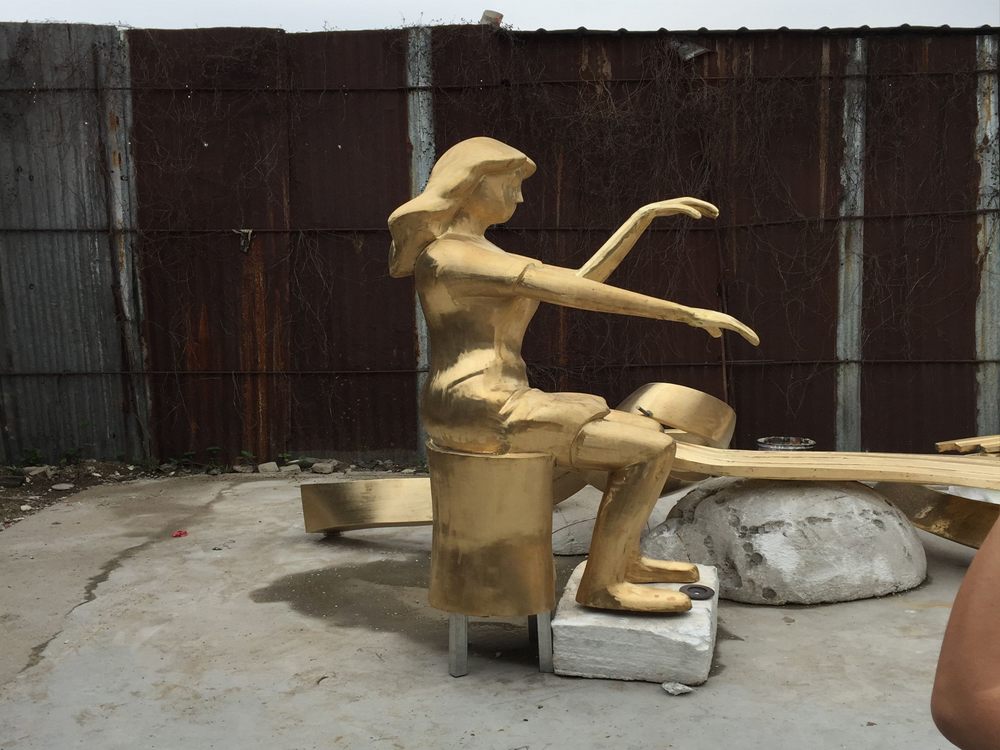
Bronze sculptures, renowned for their durability and timeless beauty, face unique challenges in areas with high levels of airborne particulate matter. These microscopic pollutants, including dust, soot, and industrial emissions, can accumulate on the sculpture's surface, leading to discoloration, corrosion, and long-term aesthetic degradation.
The patina—a protective layer that forms naturally on bronze—acts as a shield against environmental factors. However, excessive particulate matter can disrupt this layer, accelerating oxidation and causing uneven weathering. Regular cleaning with gentle, non-abrasive methods is essential to remove harmful deposits without damaging the sculpture.
In highly polluted urban areas, applying specialized wax coatings or protective sealants can help mitigate the effects of airborne contaminants. Additionally, strategic placement—such as under shelters or in less exposed locations—can significantly reduce the impact of particulate matter.
Despite these challenges, bronze remains a resilient medium for outdoor art. With proper care and maintenance, these sculptures can endure harsh conditions while retaining their artistic integrity for generations. Understanding the interplay between art and environment is key to preserving cultural heritage in an increasingly polluted world.

